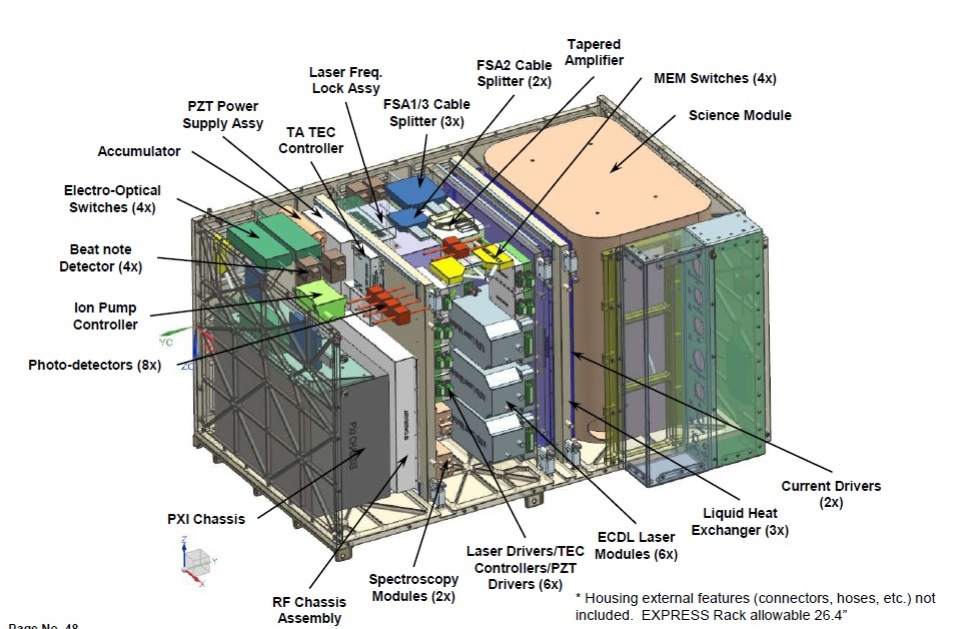Part 3 of 4 Parts (Please read Parts 1 and 2 first)
The Lucy mission will explore a half dozen of the Trojan asteroids that are in the same solar orbit as Jupiter. The Psyche mission will investigate an unusual metal asteroid with the designation of 16 Psyche. They are going to study objects that formed in the early solar system. It is hoped that these missions will add to our knowledge about the formation of planets.
The Lucy mission will study surface composition, surface geology, interior and bulk properties of six Trojan asteroids in the orbit of Jupiter. It will also determine the number, size-frequency distribution and location of dense rings.
The Psyche mission will study a rare metal asteroid. Most asteroids are composed of rocks or ice. The 16 Psyche asteroid is composed metallic nickel and iron. The purpose of the mission is to investigate the elemental composition, remnant magnetic field, and gravity field of the asteroid.
The Lucy mission will launch in 2021 and the Psyche mission will launch in 2023. Four hundred and fifty million dollars have been allocated for these two missions.
The Europa Clipper spacecraft includes an obiter and a lander. The purpose of the mission is to study Europa which is a moon of Jupiter. One of the primary goals is to determine whether or not Europa could have conditions that would allow life to exist on the moon. Europa has an icy crust with a deep salty liquid water ocean beneath the ice. The Clipper will examine the distribution and chemistry of key organic chemicals as well as the formation of the icy surface. Special attention will be paid to areas where there are signs of current or recent activity. The craft will draw power from solar panels although the amount of sunlight in Jupiter’s orbit is a fraction of the amount of sunlight in Earth’s orbit. Some spacecraft are powered by a thermal battery containing plutonium, but it was decided that it was cheaper and more practical to use solar panels for the Clipper.
The expected launch date for the Clipper mission is 2022. Two billion dollars has been allocated for this mission.
The Cold Atom Laboratory (CAL) is a special experimental instrument built for use on the International Space Station. The CAL will use the microgravity environment of the ISS to analyze quantum phenomena. The microgravity permits longer observations of atoms. Mixtures of different types of atoms can be analyzed without any gravitation influences. Supercooled atoms can be more easily confined by magnetic fields on the ISS. The mission will also help researchers monitor the gravity of the Earth and other planets. This research might be instrumental in the design of advanced navigation systems.
The initial phase of the mission will be one year with up to five years of extensions. It was scheduled to launch in 2017. Twelve million seven hundred thousand dollars was dedicated to the CAL.
Please read Part 4
